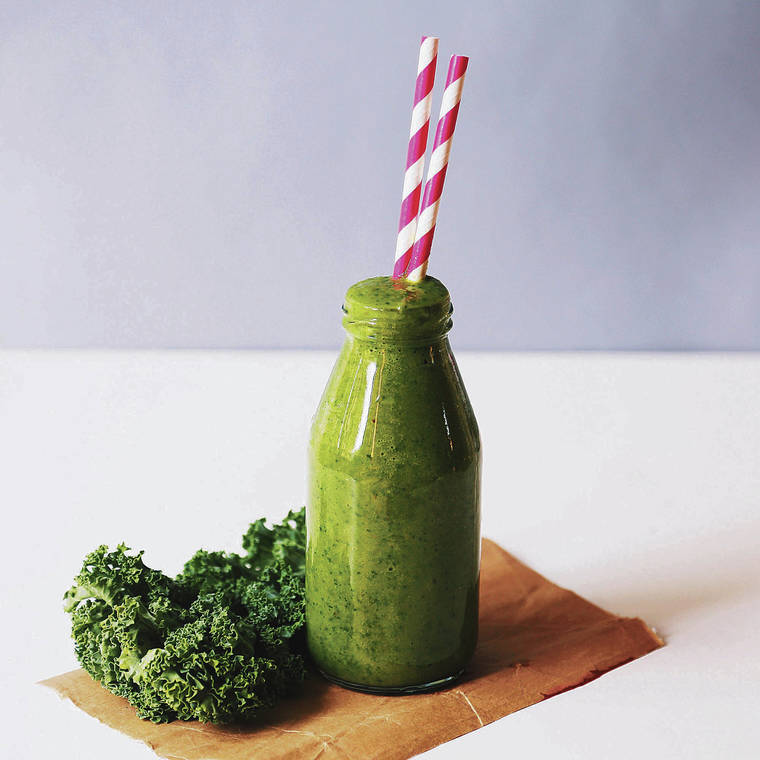Green drinks may be one of the biggest health trends promoted over the last decade. Based on a Google search, there are over 800 million green drink recipes available.
Separately, each green drink ingredient brings with it a plethora of health claims that can seem almost too good to be true. These claims can lead some people to over-consume this beverage to improve digestion, aid in weight loss and reduce inflammation.
However, consuming too much of a good thing can be harmful. Many of the nutrients and phytochemicals in these drinks are good for you in moderation, but excessive amounts can result in potential health problems over time. How much of these usually beneficial green drink components is too much is poorly understood, but limits have been proposed for some of them.
Question: What are the most common ingredients in commonly consumed green drinks?
Answer: We found 17 vegetables commonly used with tomato and sweet potato, followed by spinach, carrots, broccoli, cucumber and lettuce. However, most of the calories in green drinks come from the sugars in fruits such as apples, berries, bananas, strawberries, avocado, mango and pineapple. Additionally, there are seeds, nuts, ginger, bee pollen, spices and herbs added.
Q: What consequences can result from over-consuming green drinks?
A: Beta-carotene (found in dark green and orange produce) is the most abundant phytochemical in green drinks, with a relatively low risk of toxicity when consumed in moderation. However, multiple research studies suggest that beta-carotene consumed at high supplement levels increases lung cancer risk in those with a smoking history or exposure to asbestos at work. A number of the green drink recipes contain similar amounts of beta-carotene as those supplement studies.
Other chemicals found naturally in green drinks are oxalates. Diets containing high oxalate levels increase the risk of forming calcium oxalate kidney stones. Additionally, oxalates can accumulate in the body and cause inflammation and joint/muscle pain, potentially leading to arthritis and fibromyalgia conditions. Foods highest in oxalates include many of the green drink ingredients such as spinach and berries.
Another common green drink component is manganese. This mineral is an essential nutrient, but it also can be a nerve toxin when consumed in excess. When consumed in excess over many years, manganese can accumulate in the brain, causing symptoms similar to Parkinson’s disease. The mineral content of plants varies depending on the soil. Blueberries, sweet potato, pineapple and spinach, however, naturally contain relatively high manganese levels.
No doubt, the convenience of green drinks to add more fruits and vegetables to the diet is part of their popularity. To get enough, but not too much, of a good thing, limit daily servings of green drinks to one or two cups.
Alan Titchenal, Ph.D., C.N.S., and Joannie Dobbs, Ph.D., C.N.S., are nutritionists in the Department of Human Nutrition, Food and Animal Sciences, College of Tropical Agriculture and Human Resources, University of Hawaii at Manoa. Dobbs also works with University Health Services.

